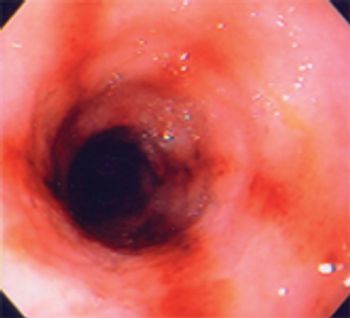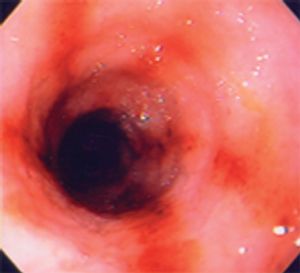
Intestinal biopsy may be accomplished two ways: endoscopy and surgery. CBC, serum chemistry profile, and urinalysis are useful and may point out systemic manifestations of the disease which will aid in correctly diagnosing and prognosing the problem (e.g., hypoalbuminemia due to histoplasmosis), but are also useful as a preanesthetic work up before endoscopy.

